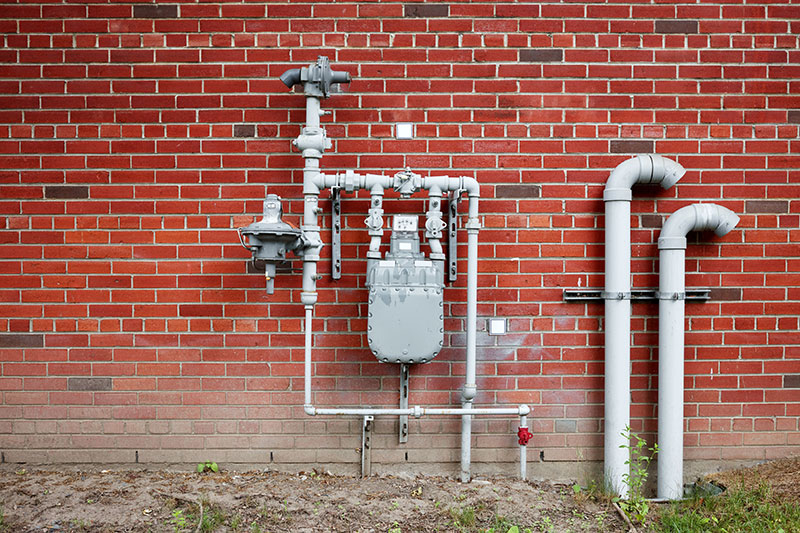Advertisement
One of the most efficient ways to heat a home and power appliances is by using natural gas. It’s not something that’s classified as a luxurious thing, it’s a must-have for many households nowadays. When a homeowner decides that gas is the way to go for their home, then it’s a given too that they’re willing to learn even just the basics about it. It’s simply not enough to set it, and then forget all about it.
If left unchecked, natural gas can be very dangerous both to property and people. A responsible homeowner should learn how to identify any potential problems and familiarize themselves with the whole system, to avoid the dangers of a faulty gas piping system. The efficiency of natural gas should never compromise the household’s safety.
Here’s a simple guide to walk homeowners through the basics of gas piping.
Going Back To The Basic Definition Of Gas Pipes
First, you may want to familiarize yourself with what gas pipes are. By definition, its name implies that gas pipes refer to the piping system in a property that carries natural gas from the supply directly to the heating system.
This whole system leads to every single individual appliance throughout your entire home, especially those which are powered by gas. The main pipes are referred to as branch lines, then they narrow to drop lines, which are the pipes that deliver the gas to the appliance. Expert installers like Gold Coast Plumbing Experts are responsible for ensuring a property’s gas pipes are installed correctly.
Determining Where All The Gas Pipelines Are Is Non-Negotiable
If you’re still going to build your home, then homeowners should be present during the time that the gas pipelines are positioned. That way, they know where every single pipe is located, and where each leads, such as to your boilers and heaters.
For homeowners who moved into a ready-made home, then it’s not too late to get information on this. You can always go back to check the site plan and blueprint and have it explained to you by the property’s engineer or construction company.
An awareness of the gas pipes’ location is very important for reasons like:
- Homeowners can potentially face criminal charges if they fail to locate underground utilities correctly;
- Homeowners are putting the entire household in danger when they don’t know where leaks are possibly coming from as they can’t even locate the flow of the gas pipes.
Choosing The Right Piping Material Matters
During the construction phase, the homeowner may also be asked which type of piping material they prefer for their property: steel, brass, or copper. The most common type being used is black steel.
Other popular choices for homeowners are galvanized steel and copper. There’s no cookie-cutter approach to this, as you’ll have to make this choice with the help of your engineers. The building codes and restrictions can differ, depending on where you’re from, so it’s best to check what your local regulations are.
Understand That Natural Gas Is Meant To Smell Bad For Your Safety
Being that natural gas can be quite dangerous, it’s now manufactured in such a way that it smells bad for a very good reason: it’s for your own good and safety.
In its truest form, natural gas doesn’t have any odor. However, a chemical agent known as mercaptan is mixed with the gas, to make it easily detectable when leaking. Mercaptan is responsible for that unpleasant smell.
Henceforth, if you wake up one day to an unpleasant smell of gas likened to rotten eggs in your home, then that’s a sign that there could be leaking in one of your pipes. As natural gas can be deadly, it’s best to call the professionals to deal with those leaks ASAP
Inspecting Your Gas Pipes Regularly Is Important
It’s another prudent measure by homeowners to have their gas pipes inspected at least once, annually. It may seem like too much for some, but remember it’s your safety that’s at stake. You just never know when a gas leak may be happening somewhere, so those inspections will surely be to your benefit.
Conclusion

Despite the coming in of even more advanced household systems powered by electricity, more than half of households today are still powered by natural gas. While there’s no denying all the pros that make it such a convincing and popular choice, homeowners also shouldn’t turn a blind eye to the cons. A prudent and responsible one will equip themselves with as much knowledge as they can about gas piping. Most importantly, they know whom to call too, in case of signs of a potential problem. Dealing with gas pipes is a serious and technical matter, one that should only be left in the hands of professionals.

